The Trimbakeshwar Temple is placed in Maharashtra, North India near Nashik and is one of the prominent Jyotirlingas of Lord Shiva. The history of this ancient temple lies at the base of the Brahmagiri Mountain. The temple is not merely a religious place but also a hotspot for tourists looking for serenity. So in this blog post, we will discuss the history and the importance of this place as well as provide travel tips for the tourists. Along with all necessary details for the conclusion of tourist information.
History of Trimbakeshwar Jyotirlinga
The Trimbakeshwar Temple, which houses one of the twelve Jyotirlingas, is pondered to have its origins in the 18th century in the reign of Nana Saheb Peshwa. But some scriptures like Skanda Purana and Padma Purana show that it is a historical place since ancient times. As it is believed that the temple is situated at the place where the River Godavari understandably known as the ‘South Ganga’ originates.
As per the folklore, sage Gautama was said to have done great penance to Lord Shiva at this place, just like how he beseeched Lord Shiva to bring the Ganges from heaven to cleanse his ashram. Pleased with his unwavering faith, Lord Shiva fulfilled his prayers and the divine river of Godavari came into being from the Brahmagiri hills, which rained down on the lands sprinkling its sanctified waters.
Unlike the other Jyotirlingas, what makes Trimbakeshwar Jyotirlinga different is the three-faced linga, which stands for three Gods Brahma, Vishnu, and Mahesh (Shiva). Therefore, this temple becomes a place potent with divine energy from which worshippers can receive the grace of the Hindu Trinity.
Table of Contents
Significance of Trimbakeshwar Jyotirlinga
Trimbakeshwar Jotirlinga is one of the most interesting Shiv Jyotirlinga for the hindus in general and more so for a few rites such as Pind Daan and Narayan Nagbali Pooja. There are certain believes in this jytotirlinga that ancestors souls are at skeleton and performing those rituals help the devotees in their salvation.
The temple is also very famous for the Kalsarpa Shanti Pooja, which is performed to ward off the Kaal Sarp Dosha. This particular feature of Trimbakeshwar makes it a centre for wellness and healing activities concerned with spirituality.
Tourism at Trimbakeshwar Temple
Location: Trimbakeshwar can be reached easily as it is located approximately 28 km from Nashik, Maharashtra and hence serves as a popular spot for the tourists and pilgrims visiting Nashik. The temple is nestled in green hills, with the Brahmagiri hills and the Godavari River further contributing to the divinity of the place.
Temple Timings
Darshan Timings: The temple remains open for darshan from morning 5:30 am till night 9:00 pm all through the week.
Special Poojas: Various poojas such as Rudrabhishek, Mahamrityunjay Jaap, Kalsarpa can be availed at certain intervals through the day.
Entry Fees
No Entry Fee: No entry fee is charged for dharsan, however special poojas such as Narayan Nagbali or Kalsarpa Shanti have to be booked in advance and are performed by the priests of the temple.

Trimbakeshwar Jyotirlinga Temple Architecture
The Trimbakeshwar Temple is constructed in the distinctive Hindu Nagara style of architecture out of the black stone. There are several small temples and open spaces within the temple complex adding to the old and holy character of the site. Most strikingly, {{the temple contains a three face Jyotirlinga which is dedicated for Brahma Vishnu and Shiva, which draws millions of people from nooks and corners of the earth, who desires to pay respects to the trinity.}}
Carved images are placed in the outer the temple and on the floor, walls and pillars of the temple as well as in most of the sculptures. Bathing in the sacred water pond, also called as Kushavarta Kund, one can see many devotees who practice bathing and cleansing rites before they enter the temple for i.e. god’s audience-darshan.
Spiritual Significance of Rituals at Trimbakeshwar
Trimbakeshwar is famous for certain religious processes such as Narayan Nagbali, Kalsarpa Shanti, and Tripindi Shraddha. These are performed to eliminate planetary distress, to remove curse from ancestors and for the welfare of one’s family. Usually these rituals take place over several days with priests who are trained to perform such rites.
Kalsarpa Shanti Pooja: This is done alleviating the negative effects caused by the Kalsarpa dosha, which is an ill-effect caused by a certain planetary disposition, as known in astrology.
Narayan Nagbali: It is the fusion of two different rituals, both of which remove the curse of ancestors, as well as atone the sin of killing a certain serpentine being.
To the tourists wishing to undertake these practices, it is essential to especially reserve in advance with local temple priests for these rituals as they are held at a particular time and certain things are necessary.
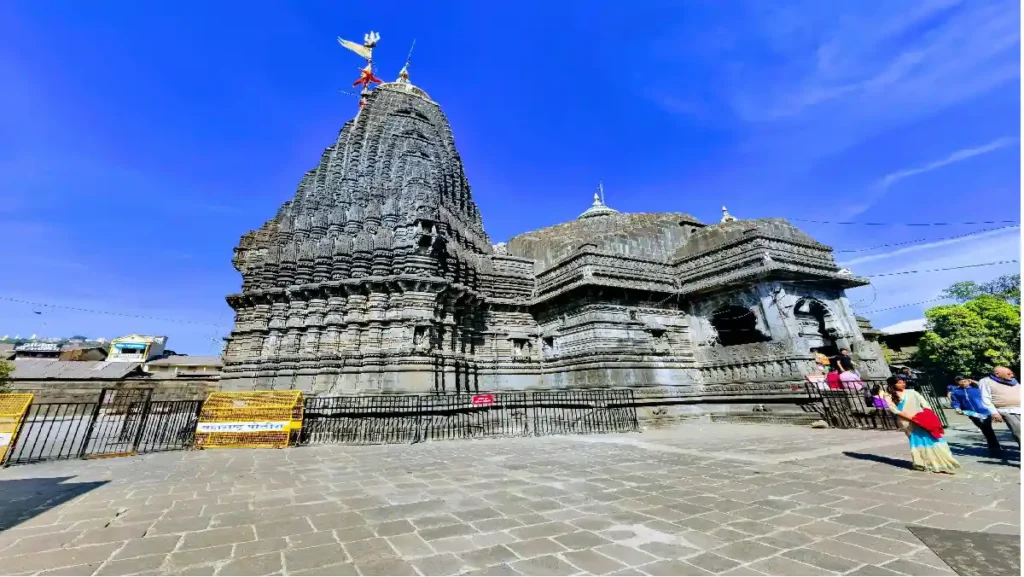
Accommodation and Dining
Around the Trimbakeshwar Temple, there are several accommodation facilities, varying from cheap hotels to moderately priced ones. Alongside the temple, there are also thrifty and cozy log huts known as ‘dharamshalas’ where people can stay at a much economical cost. However, being a metropolitan city, Nashik has better and expensive hotels.
Not far from the temple, there are local restaurants that serve traditional Maharashtrian food for the visitors. Although vegetarian is the mainstay for this region, different foods from all over are available in Nashik for visitors. Simple dishes like poha, bhakri, and dal-rice are usually offered to the worshippers at the temple, in particular regions.
Nearby Attractions for Tourists
1. Pandavleni Caves: Situated nearly 45 kilometers from Trimbakeshwar, these rock excavated caves are of the first century and are worth visiting for all history lovers. The caves boast of exquisite work on its walls and prove the existence of ancient Buddhism in the region.
2. Coin Museum: The Indian Institute of Research in Numismatic Studies is located approximately 20 kilometers away from Trimbakeshwar, and is also one of the most valuable museums on Indian coins history. It is a good place for the vacationers who would like to delve into the historical perspective of the place.
3. Sula Vineyards: Located close to Trimbakeshwar Sula Vineyards in Nashik is a nice place to visit after your temple tour. It’s also awesome for wine tasting and will teach you how the wine is made there as well.
4. Anjaneri Fort: Anjaneri Fort is located about 20 kilometers from the temple, and it is said to be the birthplace of Lord Hanuman. The fort gives a thrilling trekking experience to adventure seekers and also offers beautiful views of the resorting hills.
Things to Do Around Trimbakeshwar Jyotirlinga
1. Brahmagiri Hills: One can find the source of the Godavari River here and the trek to the top of Brahmagiri gives some really astonishing views of the landscape. The trek is intermediate and takes around 2-3 hours depending upon the speed.
2. Kushavarta Kund: Located adjacent to the temple, Kushavarta Kund is a sacred pond where the Godavari River makes a bend. Before heading to the temple, the pilgrims have a ritual of climbing into the waters here.
3. Anjaneri Hills: Located at a distance of around 20 km from Trimbakeshwar, Anjaneri Hills is a known site as Lord Hanuman’s birthplace. Another popular trek which caters to both nature and spirituality is this.
4. Saptashrungi Devi Temple: Located at a distance of around 55 kms from Trimbakeshwar, Saptashrungi temple is one of the Shakti Peethas that is dedicated to Goddess Saptashrungi. This temple is on a mountain hence requires climbing 500 steps in order to get to the temple.
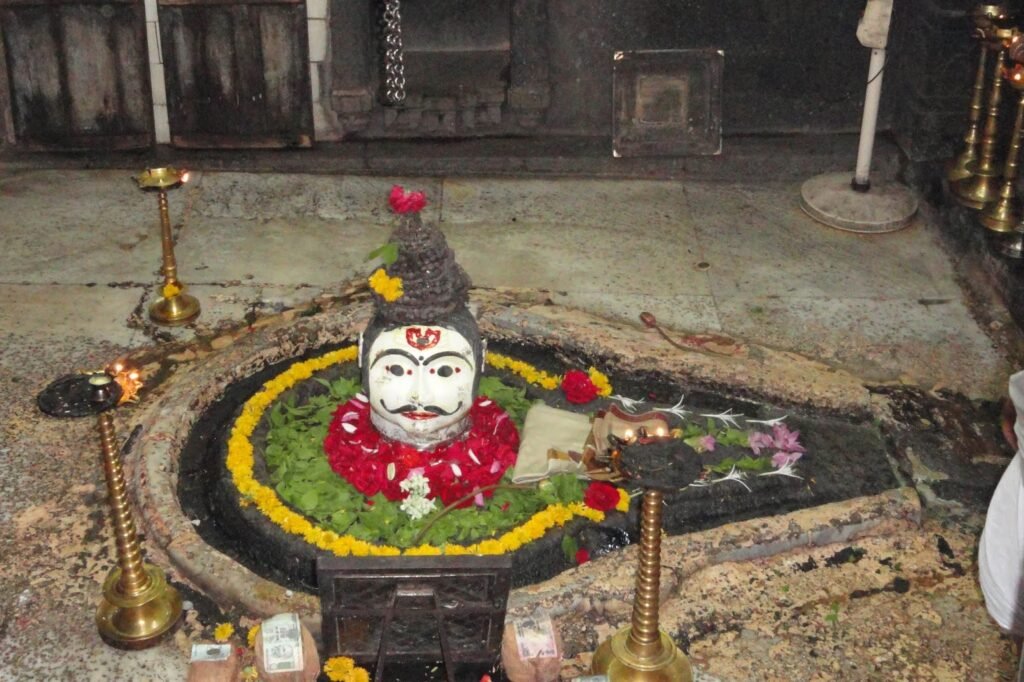
How to Reach Trimbakeshwar Jyotirlinga
1. Air Transport: The nearest airport is Ozar Airport in Nashik, approximately 39 kilometers from the shrine. Alternatively, the Mumbai International Airport is about 180 kilometers away from the temple and provides excellent connectivity to other major cities.
2. Train Facilities: The nearest bus station is situated 38 kilometers away, adjacent to Nashik Road Railway Station. Nashik is a prime railway hub owing to its proximity to Mumbai, Pune, and Delhi.
3. Road Transport: Nashik is connected by road networks and is very accessible. Regular buses, taxis, and auto-rickshaws are present to take pilgrims to Trimbakeshwar from Nashik. It is also about 240 kilometers from Pune, and more than 180 kilometers from Mumbai, which makes it an ideal destination for visiting pilgrims and tourists over the weekend.
Conclusion
Trimbakeshwar Jyotirlinga is more than just a pilgrimage center, but also a place where nature meets devotion. Whether it is for spiritual purposes such as seeking blessings, performing rituals, or even just appreciating the scenic beauty of Brahmagiri hills, traveling to Trimbakeshwar is always a refreshingly calming break from the normal day to day activities. It helps to appreciate its history and importance, and to take into account the points mentioned here so that you can make your visit a rewarding inner journey.
More Details About Trimbakeshwar Jyotirlinga
Religious Significance and Celebrations
The Trimbakeshwar Jyotirlinga occupies an important place in the circle of the twelve Jyotirlingas of Lord Shiva, as it depicts the Hindu Trimurti, Brahma, Vishnu, Mahesh (Shiva) all at once. It is also a prominent place for conducting Shraddh karma and other similar practices for the dead. Devotees are of the firm belief that the Jyotirlinga present here saves the souls and helps them into moksh.
Among the many festivals that take place in Trimbakeshwar, Mahashivratri is considered to be one of the most important, taking place in the month of February or March. It is during this phase that the temple is crowded by devotees coming in from various parts of the country to pray and perform some rituals. The temple is also active and visited frequently as it holds several religious activities within the year.
Kumbh Mela
Kumbh Mela the spot In Nashik-Trimbakeshwar, one of the four places in India every twelve years where one of the biggest religious congregations of the world is observed. The occasion draws millions of pilgrims especially those who want to be cleansed and redeemed. This is one of the festivals where the devotees indulge in taking a holy dip in Godavari River, which is supposed to wash away all their sins.
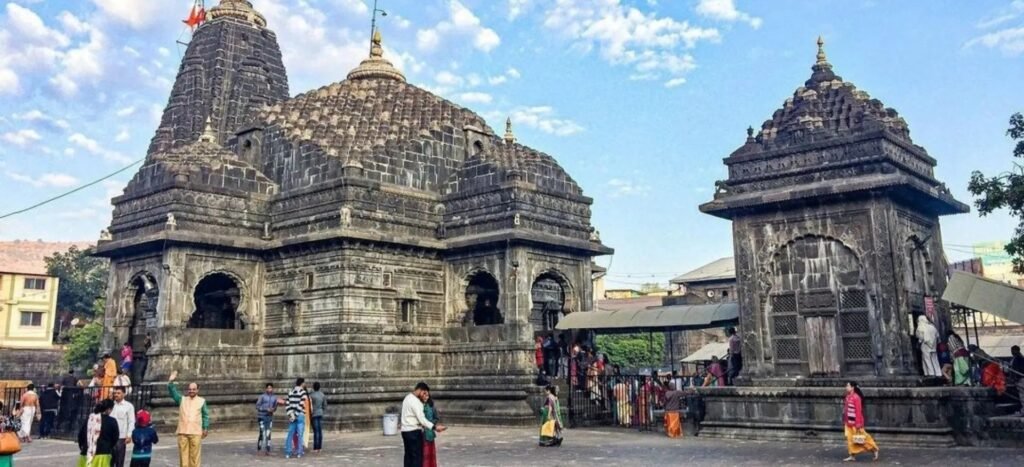
Tips for Travelers
1. Dress Code: In cas you’ll be visiting the temple, it is fitting that one should dress in a more modest attire. It is usually encouraged that women wear sarees while men put on dhotis.
2. Book Rituals in Advance: In case you’re interested to perform some specific rituals such as Kalsarpa Shanti or Narayan Nagbali, please be informed that such services are to be booked beforehand through the website of the temple, as well as the reliable local priests.
3. Best Time to Visit: The most propitious time to visit Trimbakeshwar is during the windows of winter season especially between October and march due to the favorable weather. Because of trinabhisheka which generally takes place in either february or march many pilgrims are expected thus the visit should be planned for any other time to avoid congestion.
4. Carry Essentials: There are very few restaurants and shops found around the Trimbakeshwar temple. Basic necessities such as water and light snacks, as well as a pair of slippers should be carried if one intends to go on a tour up the Brahmagiri Hills.
5. Accommodation: There are a few dharamshalas (pilgrim lodges) within the temple vicinity and many hotels. If you are looking for something more than that, there are also hotels available in Nashik from low budget to high end.
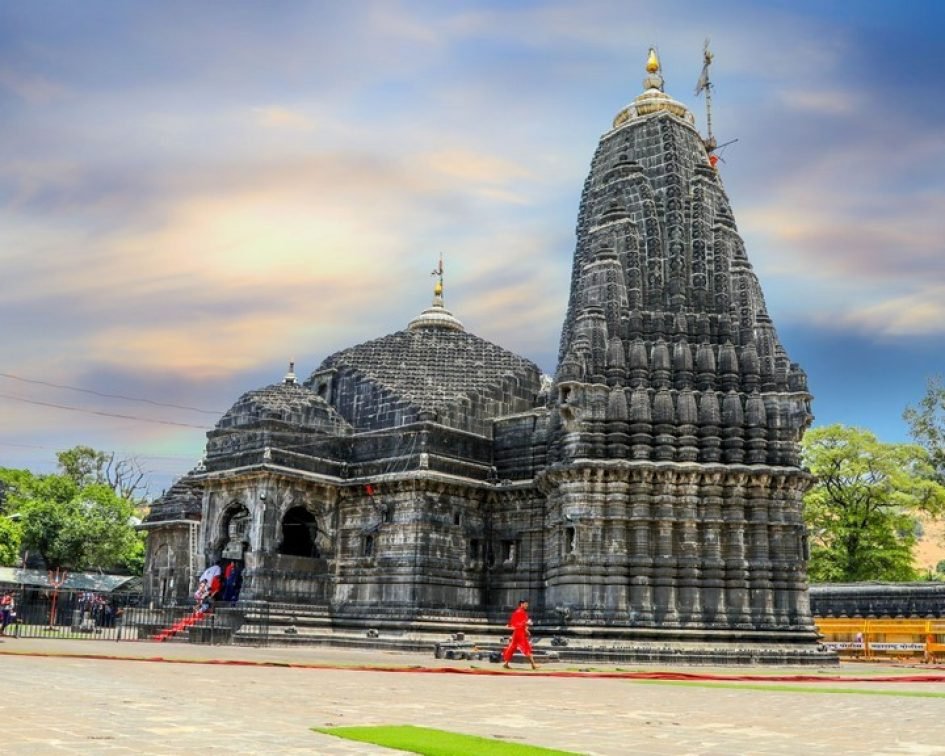


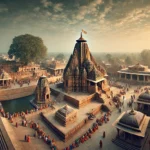


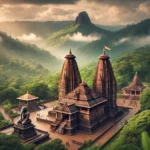
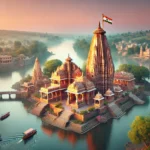
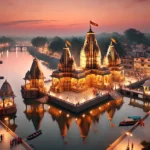

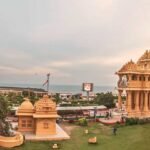

Har Har Mahadev
I got a lot of help in knowing about the 12 Jyotirlingas.
Can you write on some other topic??